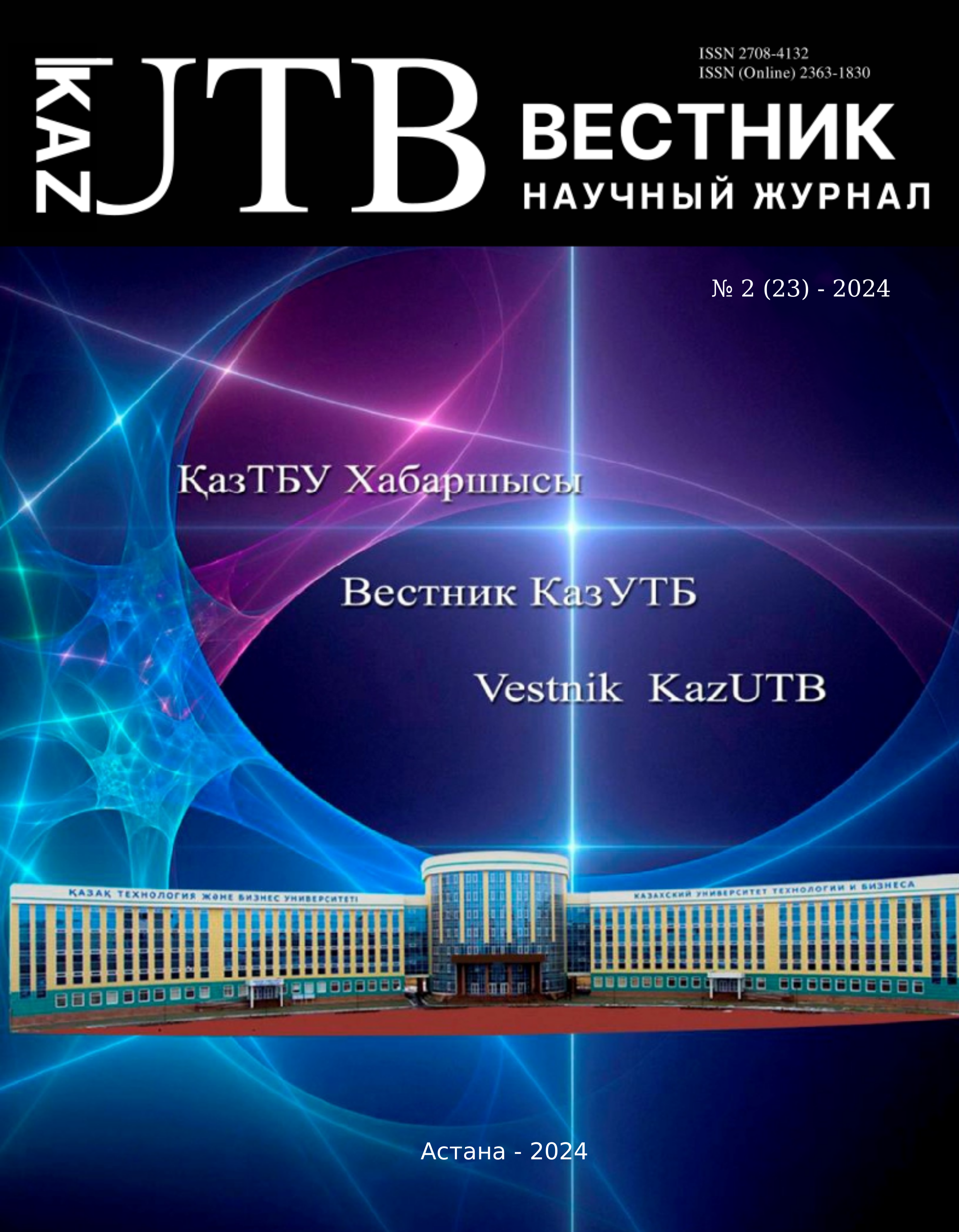Меню


Information and communication and chemical technologies
No. 2 (23) - 2024 / 2024-06-30 / Number of views: 119
CONCENTRATION AND RESEARCH OF PRODUCTS OF CARBONACEOUS SHALES OF THE BALA-SAUSKANDYK DEPOSIT
Authors
Keywords
Bala-Sauskandyk deposit, waste, physico-chemical studies, carbonaceous shales, flotation, flotation reagents
Link to DOI:
How to quote
Yefremov С. ., Nechipurenko С., Kanaev Р., Kuznetsov А., and Mun Г. . “CONCENTRATION AND RESEARCH OF PRODUCTS OF CARBONACEOUS SHALES OF THE BALA-SAUSKANDYK DEPOSIT”. Vestnik KazUTB, vol. 2, no. 23, June 2024, doi:10.58805/kazutb.v.2.23-397.
Abstract
The features of the carbon flotation capacity of a carbon-mineral material are considered. The object of research is waste from the processing of the polymetallic mine Bala-Sauskandyk, the subject of research is carbonaceous cake, waste after autoclave leaching of vanadium ore. The chemical analysis of the cake, which is based on carbon, silicon dioxide, compounds of alkaline and alkaline earth metals, as well as compounds of iron and aluminum, has been studied. The research presented in the article showed that for flotation enrichment of carbon-mineral material, taking into account its initial pH 3, adsorption and electrokinetic characteristics, it is recommended to use reagents with a predominance of mainly terpene alcohols as flotation reagents. To enable the disclosure of carbon-mineral material for flotation enrichment and further introduction into the production process, studies and calculations were carried out to determine the working index of shreddability using the Bond method in a ball mill with a capacity of 2.72 kg/hour and a specific energy consumption of 2.62 kWh/t. Based on the results of fractional analysis of the crushed cake, the average pulp density p =2.8÷3.3 or in the ratio S:L = 300÷350 g/l was determined. Synthetic 3-amyltetrahydropyran-4-ol acetate and 1-methyl-3-carbethoxy-1,2,5,6-tetrahydropyridine-4-ol xanthogenate and commercial collector reagent Flotol B were tested as reagents for foam flotation. Clarified kerosene is used as a foamer. It was found that the optimal use is the combined use of kerosene and Flotol B, while in the process of enrichment in one stage without additional purification, the carbon content in the concentrate increased to 40.0 ± 2%.
Carbon concentrates stable in chemical composition were obtained. Given the flexible scheme of the enrichment process, it is possible to vary the content of carbon and mineral components in concentrates, which is an important economic and technological factor in the calculation of chemical and technological processes. The resulting carbon concentrates can be used in technological processes for the production of sorbents, composite materials and elastomers, as alternative commercial materials based on amorphous carbon.



